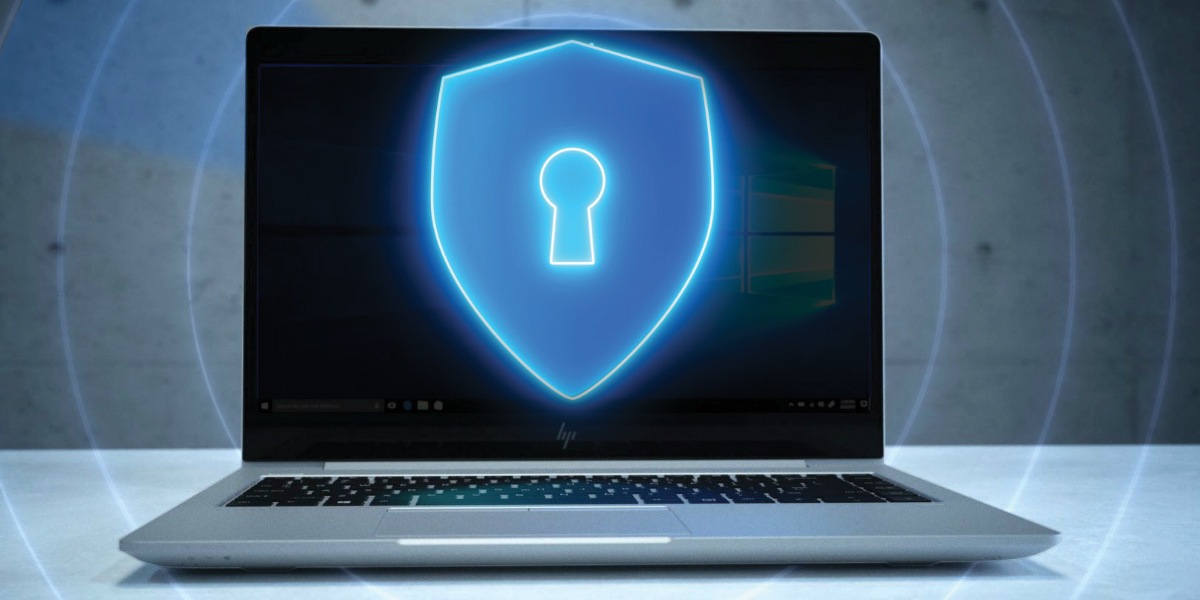Accelerating Digital Transformation & The Move to The ''New Normal''
Covid-19 has accelerated digital transformation in organisations that were previously wary of technological change. It is having a massive impact socially, culturally and economically on our daily lives. One such impact is how we now need to work.
The Government has requested that where possible we work from home in order to minimise contact with others and help keep the Virus’ “R” (Reproduction) rate under 1.
Whilst many organisations had begun this journey, it has undoubtedly accelerated the Digital Transformation process to move to the “New Normal” (with many looking for guidance to roadmap this odyssey)
The Crisis/Triage Stage
- Physical offices closed.
- Start to transition to WFH
- Core elements of remote work may be missing (Device /Apps/Files)
- Keep the lights on
- Band-aid approach
The Extended WFH Phase
- Requires a more scalable solution
- Better visibility into performance and usage
- Infrastructure (plumbing) improvements to optimise performance
- Accelerate roll out and onboarding
- Prepare for next time
The New Normal Phase
- The Future of Work reimagined
- Longer term workspace strategy – New ways of working
- Delivering employee experience anytime, anywhere, any device
- Cloud Transition will be key to ensuring Productivity
Digital Transformation is complex. Some research claims as much as 80% of digital transformation projects fail. Organisations need to look at all aspects of Service Delivery. When considering Digital Workspace Transformation, delivering components such as Applications, Security, Networking, Data, Devices in an integrated and seamless fashion are critical. But perhaps the single biggest factor that impacts on the success of a Digital Workspace Transformation is User/Customer Experience.
McKinsey has written extensively on this topic. They believe as companies prepare for the long haul—what we refer to as the “next normal”—the path forward is anything but clear. To win in the next normal, companies need to identify the current behaviours that will define customer experience in the near term. They must then ensure that these opportunities are aligned with their business strategies and capabilities. They believe three priorities will define customer experience in the post-pandemic era: digital excellence, safe and contactless engagement, and dynamic customer insights. Source: Elevating Customer experience excellence in the next normal, McKinsey and Company May 2020
I believe we can translate these three priorities to define the internal customer experience:
> Digital excellence: the need for better engagement for users, leading to improved productivity
> Safe and contactless engagement requires solutions that are secure by design (reliable, scalable, flexible)
> Dynamic insights: require monitoring and analytical services to provide intelligence around Digital Workspace systems, security and ultimately user experience (UX).
Opportunities and risks around going digital
According to Gartner, 74% of companies plan to permanently shift to more remote work post COVID. Source: Gartner CFO Survey, April 2020
The immediate opportunity is to provide solutions that keep people working and ensure organisations are productive. One of the biggest risks facing most organisations today is business continuity. At Presidio we are fortunate to be able to draw on a rich history of providing Digital Workspace solutions to empower our customers.
We have the capability to provide an end to end solution for a Managed Digital Workspace including device supply and management, Apps and Data delivery using Citrix, infrastructure (Data Centre and Cloud), Networking and Security, managed and monitored through our 24 x 7 Security and Networking Operations Centres.
One of the key components of this solution is the ability to provide continuous monitoring and reporting of the systems and security components. The use of Security, Information and Event Management (SIEM) along with Infrastructure, Network and User Experience monitoring tools is the key to delivering a consistent and quality Service.
Artificial Intelligence (AI) is becoming more important in its ability to automate repetitive tasks and help to identify risks through machine learning algorithms to learn from its experiences over time after an initial data input that facilitate systems and security analytics eg. identify anomalous behaviours on a network and offering possible decision options, however people are still the key for analysis, remediation and ultimate resolution.

%20How%20to%20maximise%20ROI%20on%20costly%20European%20real-estate.%20The%20impact%20of%20just%20in%20time%20fulfilment%20in%20Europe%20on%20IT%20procurement.jpg)

